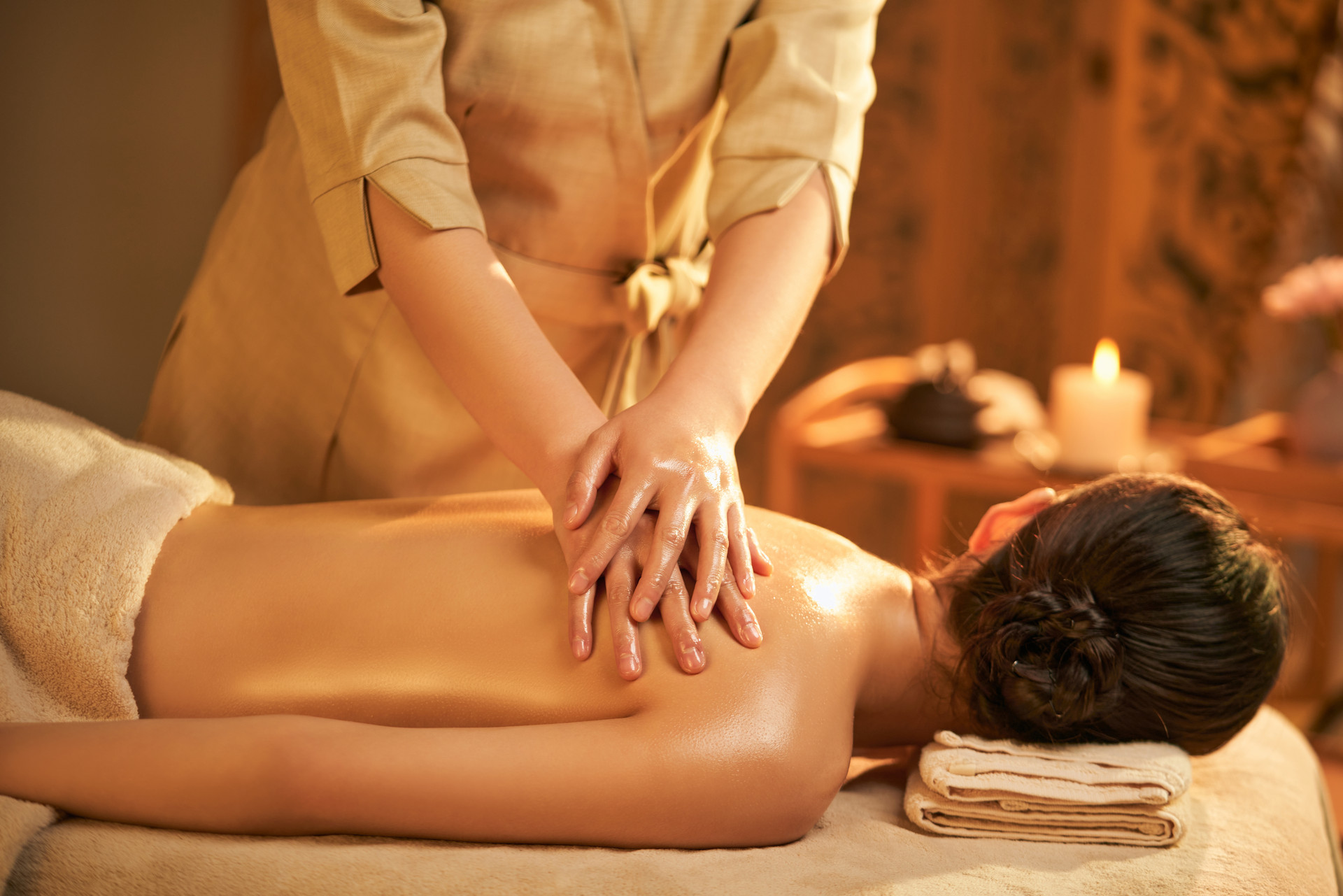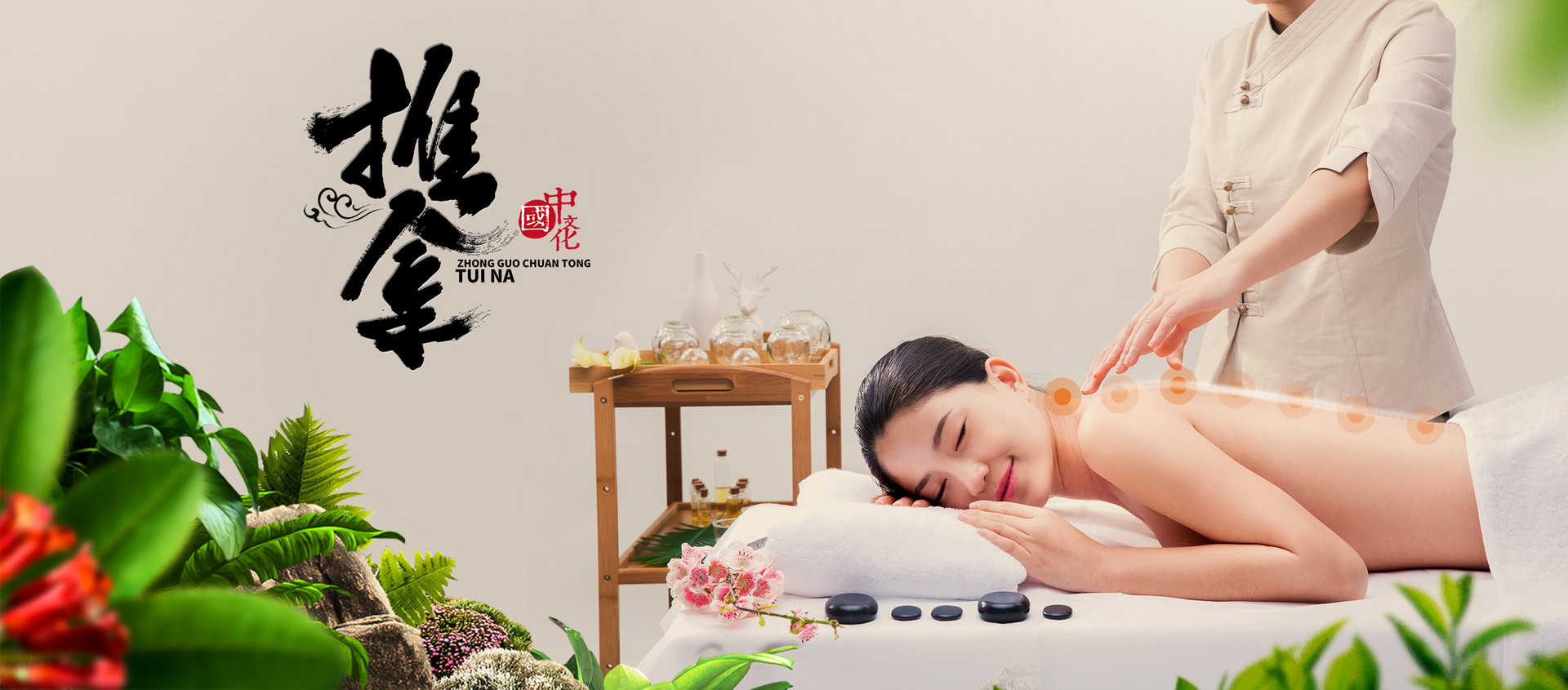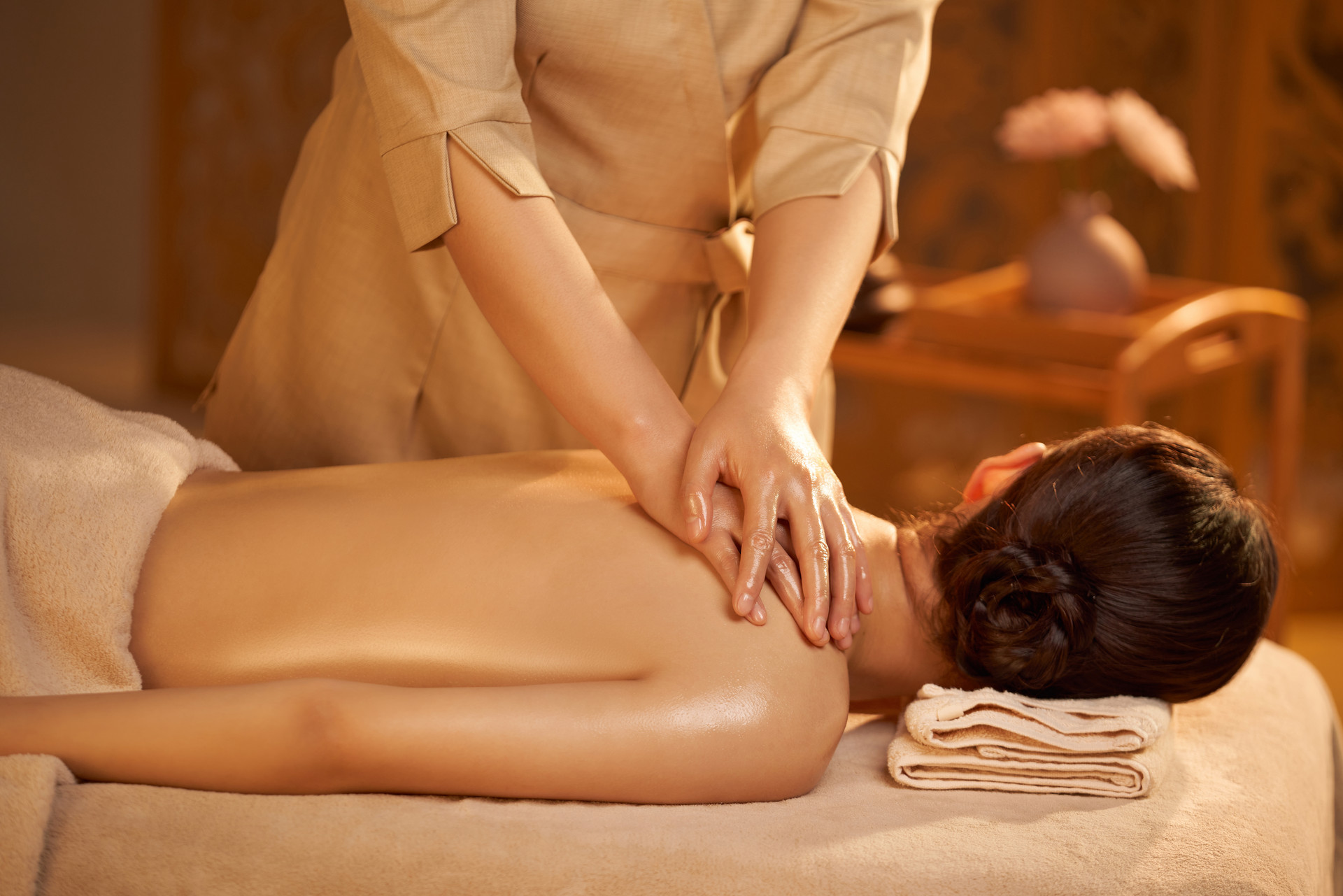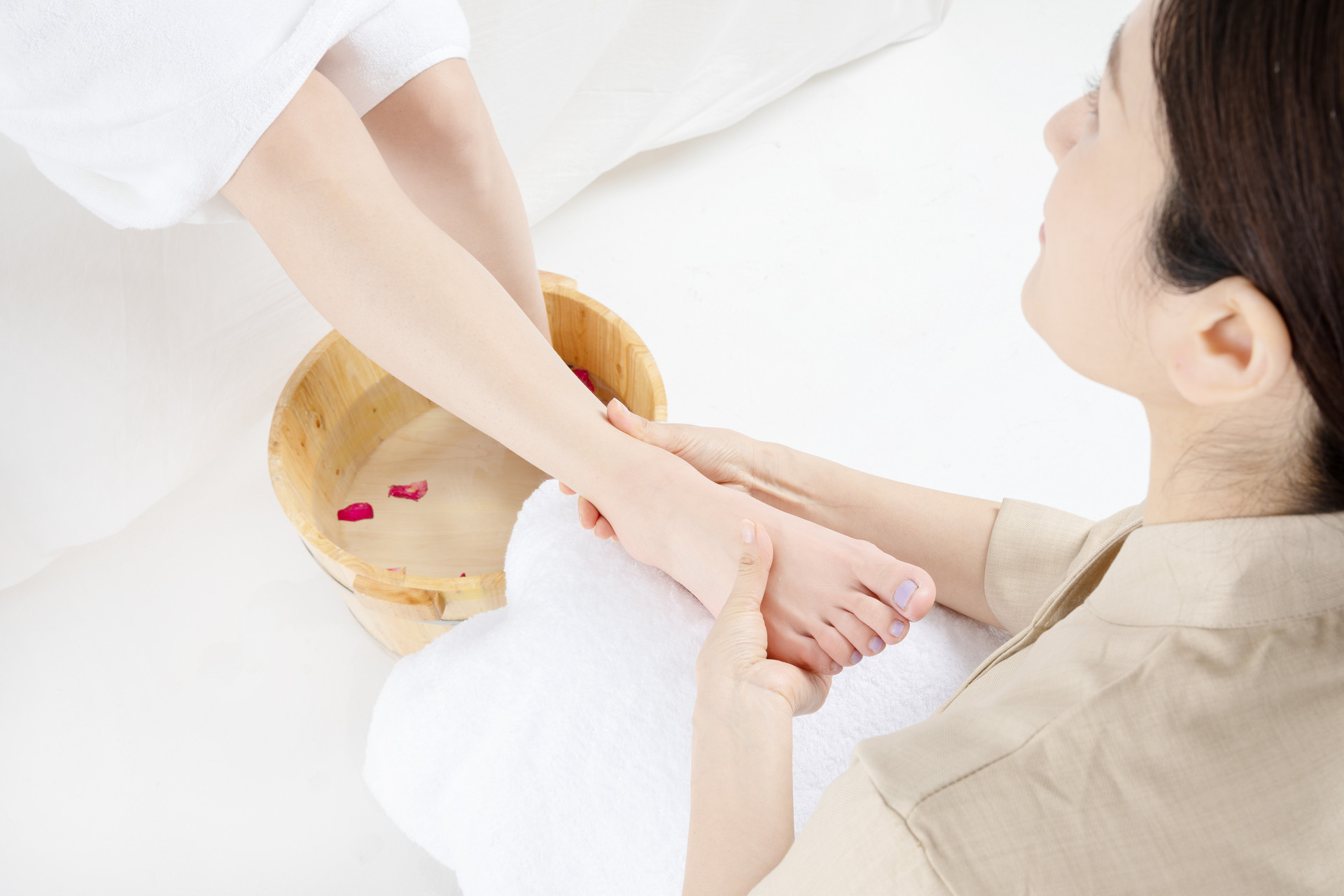Women are prone to gynecological diseases due to their unique physiological structure, and one of them is vaginitis. So, how can vaginitis be treated? Traditional Chinese Medicine strongly recommends a method of massaging the Lígōu acupoint, which can cure vaginitis without medication.

Image of Lígōu acupoint
【Location of Lígōu Acupoint】
1. Standard Location
The Lígōu acupoint is located on the inner side of the lower leg, 5 cun above the tip of the medial malleolus, in the middle of the medial side of the tibia.
2. Method of Locating the Acupoint
In a seated or supine position, draw a horizontal line on the inner side of the tibia, 5 cun above the tip of the medial malleolus. The acupoint is located at the intersection point in the posterior one-third of the medial side of the tibia.
Quick method of locating the acupoint: Sit with the tip of the medial malleolus as a vertical reference point, and measure 7 transverse finger breadths upwards. The acupoint is located at the depression on the medial side of the tibia.
3. Anatomy of the Acupoint
Below the Lígōu acupoint are the skin, subcutaneous tissue, and the gastrocnemius muscle. The skin is innervated by the saphenous nerve. The subcutaneous tissue is loose and contains superficial veins, cutaneous nerves, and superficial lymphatic vessels.
The great saphenous vein runs along with the saphenous nerve. It originates from the medial side of the dorsal vein network of the foot and ascends anteriorly to the medial side of the lower leg.
【Combination of Lígōu Acupoint with Other Acupoints】
The Lígōu acupoint can be combined with the Bǎichóngwō, Yīnlíngquán, and Sānyīnjiāo acupoints to treat Trichomonas vaginitis.
The Lígōu acupoint can be combined with the Zhōngdōu, Dìjī, Zhōngjí, and Sānyīnjiāo acupoints to treat menstrual disorders, leukorrhea, and orchitis.
The Lígōu acupoint can be combined with the Dàdūn and Qìchōng acupoints to treat testicular swelling, hernia, and abnormal vaginal discharge.
The Lígōu acupoint can be combined with the Yīnlíngquán and Sānyīnjiāo acupoints to activate collaterals and relieve pain, mainly used for soreness in the shin.
The Lígōu acupoint can be combined with the Tàichōng and Qìhǎi acupoints to soothe the liver, regulate qi, and relieve pain, mainly used for hernia and testicular pain.
The Lígōu acupoint can be combined with the Bǎihuì and Guānyuán acupoints. Moxibustion or attaching mugwort cakes can warm yang, lift sinking, and promote lifting, mainly used for uterine prolapse.











